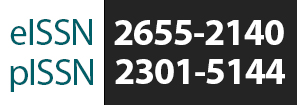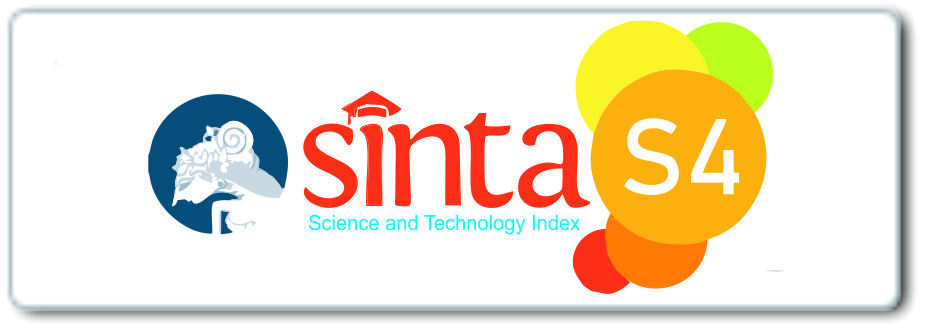According to the Merriam-Webster online dictionary, to "plagiarize" means:
- to steal and pass off (the ideas or words of another) as one's own
- to use (another's production) without crediting the source
- to commit literary theft
- to present as new and original an idea or product derived from an existing source
In other words, plagiarism is an act of fraud. It involves both stealing someone else's work and lying about it afterward.
All of the following are considered plagiarism:
- turning in someone else's work as your own
- copying words or ideas from someone else without giving credit
- failing to put a quotation in quotation marks
- giving incorrect information about the source of a quotation
- changing words but copying the sentence structure of a source without giving credit
- copying so many words or ideas from a source that it makes up the majority of your work, whether you give credit or not (see our section on "fair use" rules)
Most cases of plagiarism can be avoided, however, by citing sources. Simply acknowledging that certain material has been borrowed and providing your audience with the information necessary to find that source is usually enough to prevent plagiarism. See our section on citation for more information on how to cite sources properly.
What about images, videos, and music?
Using an image, video or piece of music in a work you have produced without receiving proper permission or providing appropriate citation is plagiarism. The following activities are very common in today’s society. Despite their popularity, they still count as plagiarism.
- Copying media (especially images) from other websites to paste them into your own papers or websites.
- Making a video using footage from others’ videos or using copyrighted music as part of the soundtrack.
- Performing another person’s copyrighted music (i.e., playing a cover).
- Composing a piece of music that borrows heavily from another composition.
Certainly, these media pose situations in which it can be challenging to determine whether or not the copyrights of a work are being violated. For example:
- A photograph or scan of a copyrighted image (for example: using a photograph of a book cover to represent that book on one’s website)
- Recording audio or video in which copyrighted music or video is playing in the background.
- Re-creating a visual work in the same medium. (for example: shooting a photograph that uses the same composition and subject matter as someone else’s photograph)
- Re-creating a visual work in a different medium (for example: making a painting that closely resembles another person’s photograph).
- Re-mixing or altering copyrighted images, video or audio, even if done so in an original way.
Author should read the following web page https://www.plagiarism.org/ for further explanation of plagiarism and focus to avoid plagiarism in the manuscript submitted. Plagiarism software will be used by Visualita's Editor to support acceptance of the manuscript.
Taken from: https://www.plagiarism.org/article/what-is-plagiarism





